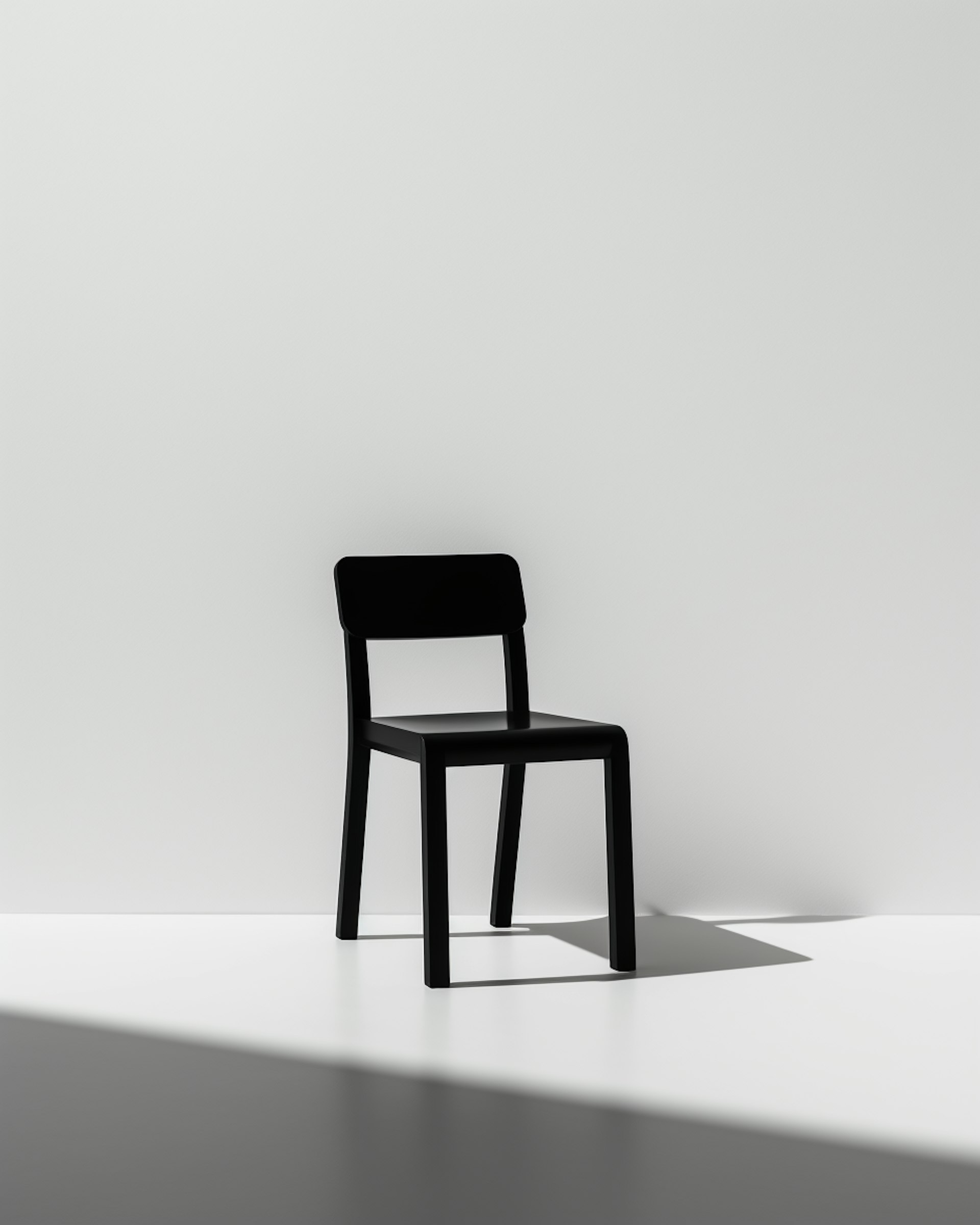Jan 1, 2024
The Rise of Smart Cities
How technology is transforming urban living
Company
In the fast-evolving world of digital design, staying ahead of the curve is essential. Framer has quickly become a favorite among designers for its powerful capabilities and user-friendly interface. Whether you're a seasoned designer or a beginner, this guide will help you unlock the full potential of Framer in your design projects.
What is Framer?
Framer is a design tool that combines design, prototyping, and collaboration into one seamless platform. Originally known for its coding-based interface, Framer now offers a more accessible visual design approach, suitable for all skill levels.
Why Choose Framer?
Intuitive Interface: Framer’s drag-and-drop interface allows for rapid design iteration and ease of use.
Interactive Prototyping: Create high-fidelity prototypes with animations and interactions to bring your designs to life.
Collaboration: Robust tools for teamwork, including built-in commenting and version control.
Code Integration: For custom interactions and unique elements, integrate code seamlessly.
Getting Started with Framer
Sign up for a Framer account and explore the interface, focusing on the Canvas, Layers panel, Properties panel, and Toolbar. Create a new project by choosing a template or starting from scratch. Add frames to your canvas and use the Toolbar to add shapes, text, images, and other elements. Arrange and resize these elements to create your layout.
To add interactivity, select an element and use the Properties panel to add hover effects, click animations, and transitions. Preview your design to see it in action and test all interactions to ensure functionality. Framer’s real-time preview feature allows instant feedback and efficient design iterations.
Invite team members to view and comment on your design for collaboration. Framer's tools make it easy to gather feedback and improve your project. Once finalized, share your design with stakeholders or export it for development.
Advanced Tips and Tricks
Use Components: Create reusable design elements to maintain consistency across your project.
Leverage Libraries: Utilize Framer's rich library of assets, including icons and UI kits, to save time and ensure a polished look.
Integrate with Other Tools: Import designs from Sketch and Figma to add interactions and animations.
Experiment with Code: Use Framer’s code editor for custom functionality and unique interactions.
Conclusion
Framer bridges the gap between design and development with its intuitive interface, interactive prototyping, and robust collaboration features. By following this guide, you'll be on your way to creating stunning, interactive designs that impress stakeholders and users alike. Dive into Framer today and start bringing your ideas to life.
StarX © 2024. This article was created By ChatGPT
Read More
Related Blogs
Buy
—
$79











